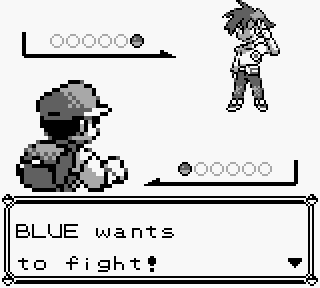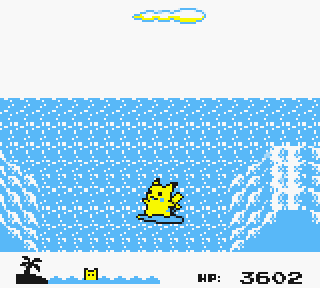BY JESSICA ROVEDA
The year is 1996. Kids all around the world are glued to the screens of their Nintendo Game Boys. Fast forward 20 years to 2016. The same kids, now all grown up, are attached to their Nintendo DSs for the same reason: Pokemon Red, Blue, and Yellow versions.

As part of Pokemon’s 20th anniversary celebration, the original Game Boy titles were re-released as Virtual Console downloads for the Nintendo 3DS and 2DS.
Players who have followed the series right up to its most recent releases know that a lot has changed. From gender mechanics, to hundreds of new Pokemon, to day-and-night, and more.
While features younger players are used to aren’t in this game, their absence doesn’t take away from the experience.
Keeping in mind how much the game has changed, the player is reminded how challenging the game can be, although that is a major part of the fun.
Your journey as a Pokemon trainer in the Kanto region is simple: catch Pokemon, defeat gym leaders, defeat the Elite Four. It sounds straightforward enough, but all three of those objectives require players to put in a significant amount of effort as they travel through the game. With each town offering something new for the player, and the occasional side quest (i.e. Safari Zone), gameplay never becomes predictable or boring.
There’s not much that can be said about graphics based on today’s standards, since we’re dealing with mid-‘90s handheld capabilities. In Red and Blue versions, we’re treated to some hilariously ugly early sprites of each Pokemon, which gives older players a reminder of a time when not everything in the franchise matched its official artwork. Yellow version is a different story, as it gives its creatures a more aesthetically pleasing upgrade, and colour.

The differences between Red, Blue and Yellow are minor. The graphics are the biggest change, as Yellow contains updated and coloured sprites. Red and Blue allow you to choose between Bulbasaur, Charmander and Squirtle as your starter Pokemon. Yellow follows the anime storyline, and starts your character with Pikachu instead (you later obtain all three Red and Blue starters in the game). In Yellow, your Pikachu follows you around on foot throughout the entire game, which does not happen in Red and Blue with any of your Pokemon.
Red and Blue are missing 11 different Pokemon, while Yellow is missing 13, which requires players to trade to another game in order to fill their Pokedex. Finally, Yellow version is the only version which also contains the “Pikachu’s Beach” mini-game.
Wireless trading is the only new feature added to the game, something that was previously only available through the use of a game link cable, and prevented trades to future generations. The addition is incredibly convenient as it not only allows you to “catch ‘em all” more easily, but also allows you to trade to current Pokemon DS titles such as X, Y, Omega Ruby, and Alpha Sapphire.
For purists who prefer the “less-confusing” era of only 151 Pokemon, they will be happy to know that only the original 151 Pokemon remain — no future generations have been added.
Re-releasing the titles in their original form, minus a few minor tweaks, was a smart idea on Nintendo’s part. There could have been a 3DS re-release created based on modern Pokemon standards (much like what came from 2004’s FireRed and LeafGreen versions for the Gameboy Advance), but instead it was kept as is to let those who loved it back then to enjoy it on a modern device, and re introduce itself to a new generation to see where it all started.
Whether you’re a nostalgic adult, or a curious child, downloading Pokemon Red, Blue or Yellow is the most appropriate way to celebrate 20 years and look forward to more years to come.
